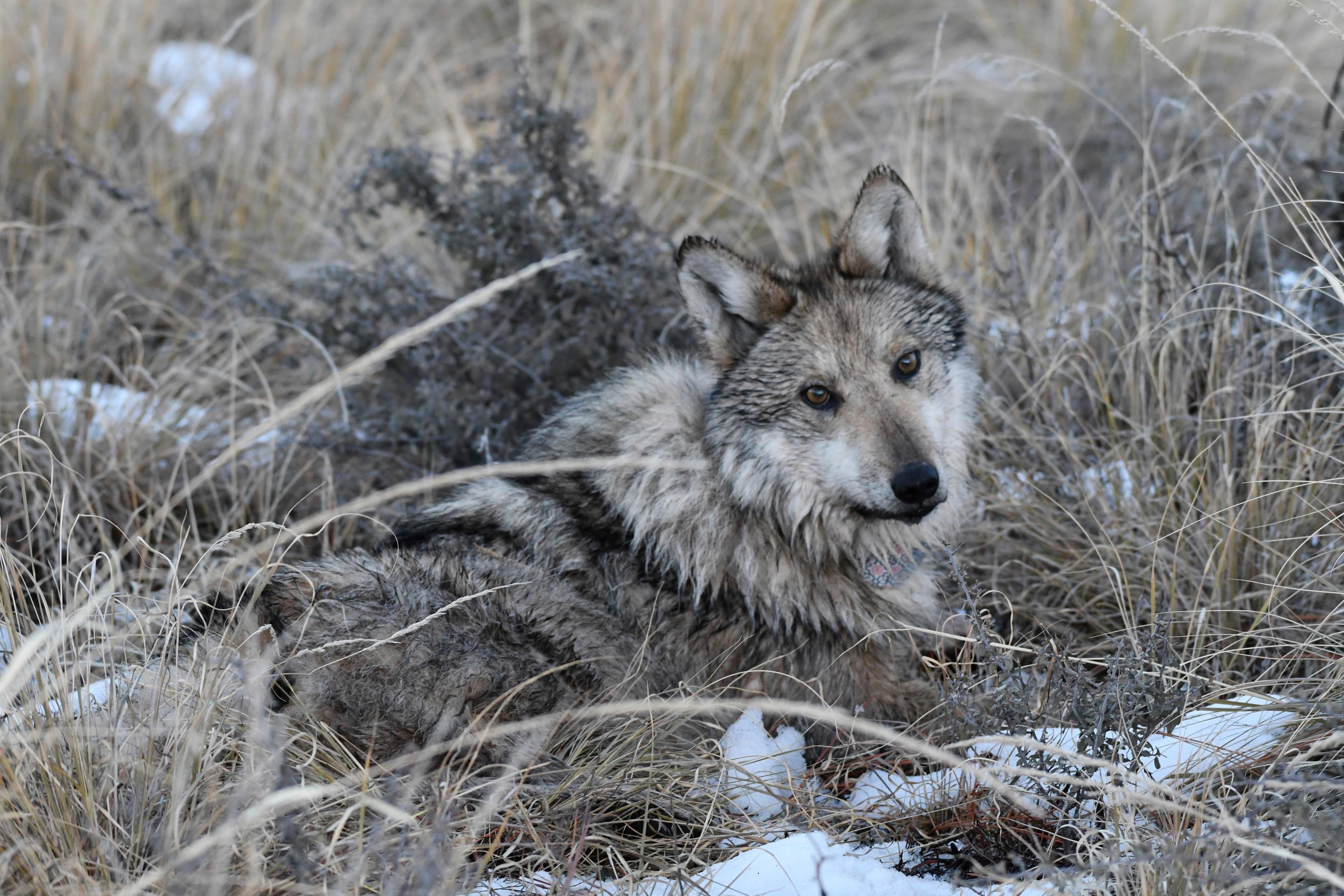This is “Looking UP! in southern Colorado,” from the Colorado Springs Astronomical Society. I’m Hal Bidlack, and there are lots of reasons to look up!
The best known grouping of stars for most of us is the Big Dipper. This collection of stars in the northern sky looks like, well, a big dipper, with a long handle and a scoop up front.
The Big Dipper is not, in fact, a constellation. The stars that make up the Big Dipper are part of a larger constellation, Ursa Major, or the Big Bear. What we think of as the handle of the dipper is actually the tail of the bear. The Big Dipper is what is known as an “asterism,” or a recognizable pattern of stars within a larger constellation. The big bear is hard to see, but the dipper stands out in the night sky.
The dipper is great for finding two other important stars. The front of the cup of the big dipper is made up of two stars that, if you draw a line through them, points to Polaris, the North star (more about Polaris in an upcoming episode). And if you follow the arc of the handle of the Big Dipper, you arc across the sky to the star Arcturus (which we’ll also talk about in a future episode). The Big Dipper, in the winter, appears to be standing on its handle, and in the Spring, is seemingly upside down high in the northern sky.
Be sure to take a close look at the place in the handle of the Big Dipper where the handle seems to bend. You can use that bend to give yourself an ancient vision test. How many stars to you see at that bend of the handle? The answer is, if your eyesight is really good, is two! Test your vision to see if you can see that the bend in the handle is actually made up of the stars Mizar and Alcor, that appear very close to each other, a double star. Even more amazing, both Mizar and Alcor are themselves double stars as well. So, when you look at the bend, you are seeing four stars at once!
The area of the sky around the big dipper is rich with amazing things to see. Several years ago, the Hubble telescope stared at an area the size of a grain of sand held at arm’s length for 10 days, and the resulting picture showed over 3000 galaxies! In a grain of sand!
If you’d like to take a closer look at the Big Dipper or any of the other wonderful and amazing things in the sky, please visit KRCC.org or CSASTRO.org for a link to information on our monthly meetings and our free public star parties!
This is Hal Bidlack for the Colorado Springs Astronomical Society, telling you to keep looking up, Southern Colorado!








